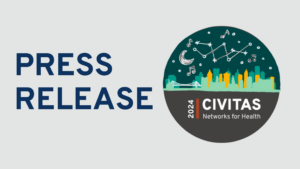Consideration 4

4. Offer the right type of test
Serology/ Antibody tests
Consideration
Serology testing can increase confusion and frustration around test results and may discourage future testing.
Voices from the Field
Antigen tests
Consideration
Antigen tests have been gaining interest.
Voices from the Field
Anterior nares vs. nasopharyngeal swab
Consideration
Anterior nares testing is favored over the NP swab by patients.
Voices from the Field
Rapid tests
Consideration
Rapid tests may be deployed through pop-up testing sites to reach geographically isolated populations.
Rapid tests can also be useful in justice systems, particularly in areas with very high volumes.
Rapid tests with low costs and high sensitivity and specificity that could be administered frequently would solve many problems faced by OSCTCs.
Voices from the Field
Self vs clinician administered
Consideration
Observed self-swabbing can minimize PPE needs.
Voices from the Field
Self-administered home tests
Consideration
Home test kits that do not require in-person staff would solve many current problems with OSCTCs.
Voices from the Field
Pooled testing
Consideration
Pooled testing may be a good option for certain populations, in areas of low incidence.
More and more OSCTCs are considering pool testing, however, limited guidance is currently available.
.
Voices from the Field
Off-Site Testing Toolkit Navigation Menu
Off-Site COVID-19 Testing Project home page
– – –
Off-Site COVID-19 Testing Toolkit home page
1. Identify and prioritize the population to be tested
2. Identify and mobilize your partners
3. Determine the type of OSCTC
4. Offer the right type of test
5. Adapt to variations in laboratory capacity and turnaround time
6. Staff Required for OSCTC
7. Build efficiencies into your OSCTC
8. Promote positive patient experience and community awareness
9. Address potential patient access limitations
10. Manage patient results
11. Plan for weather extremes
12. Provide PPE to staff
13. Financial viability/ sustainability
14. Explore a broader role for your OSCTC
Methodology
Additional Resources
Acknowledgements

